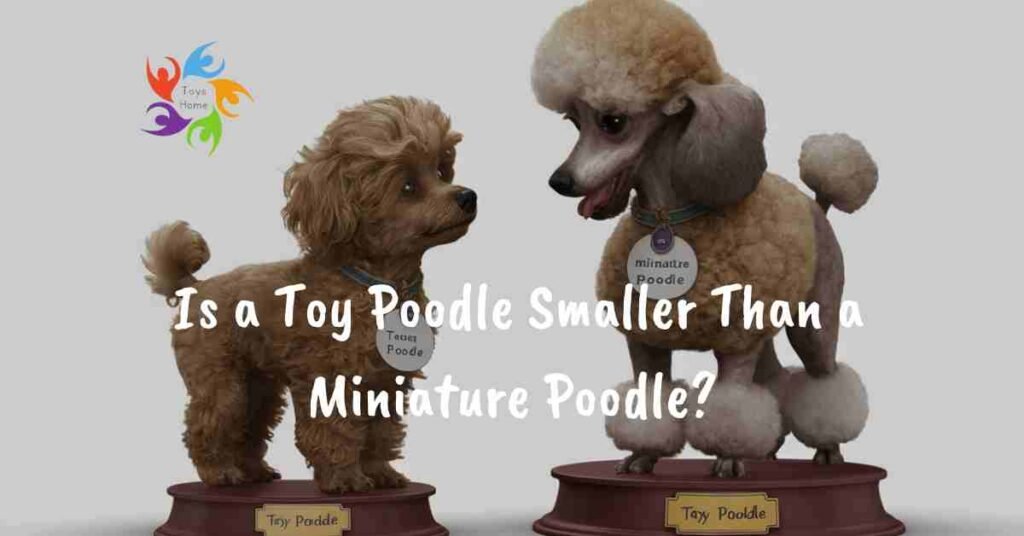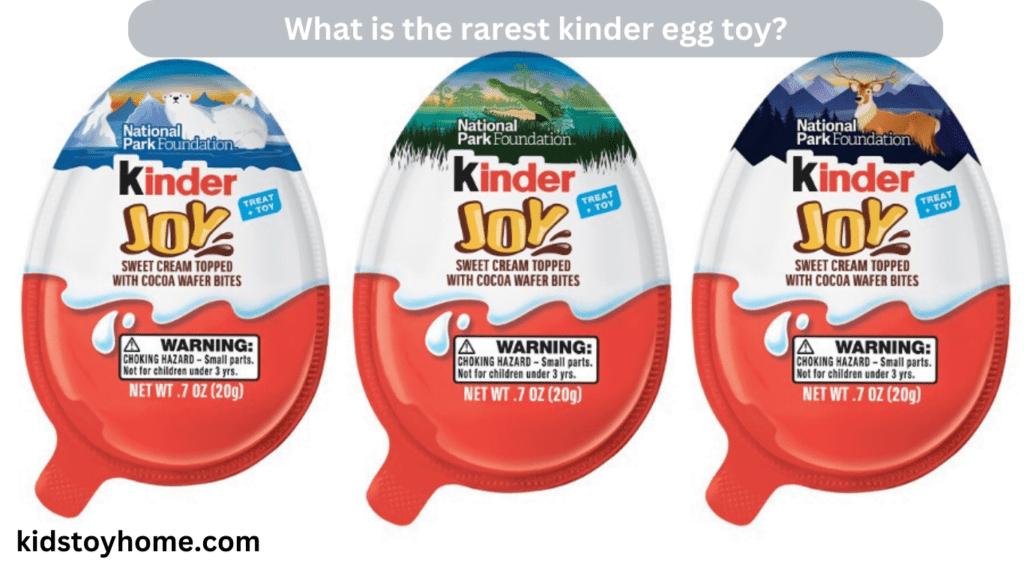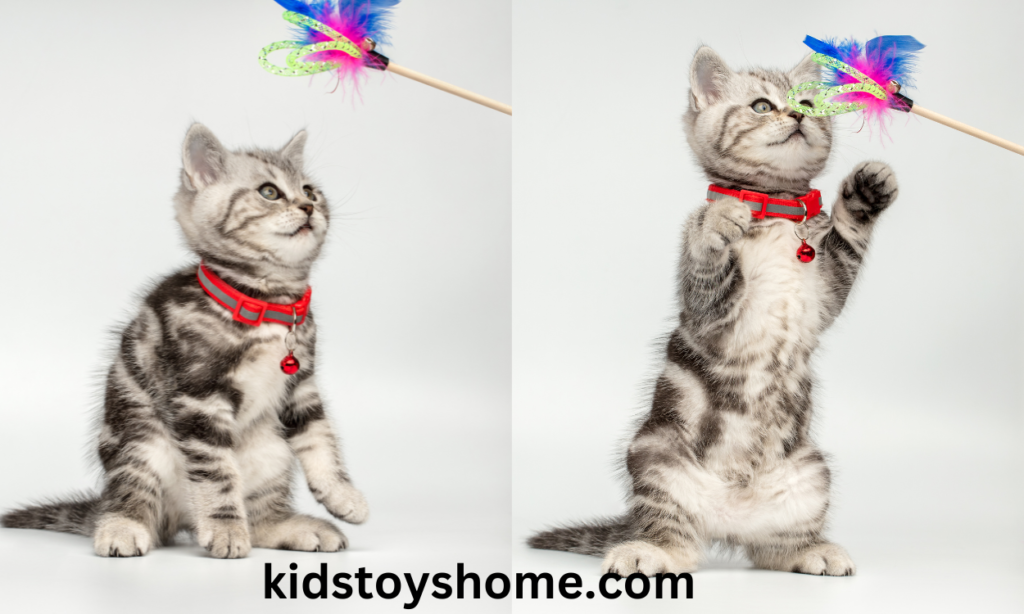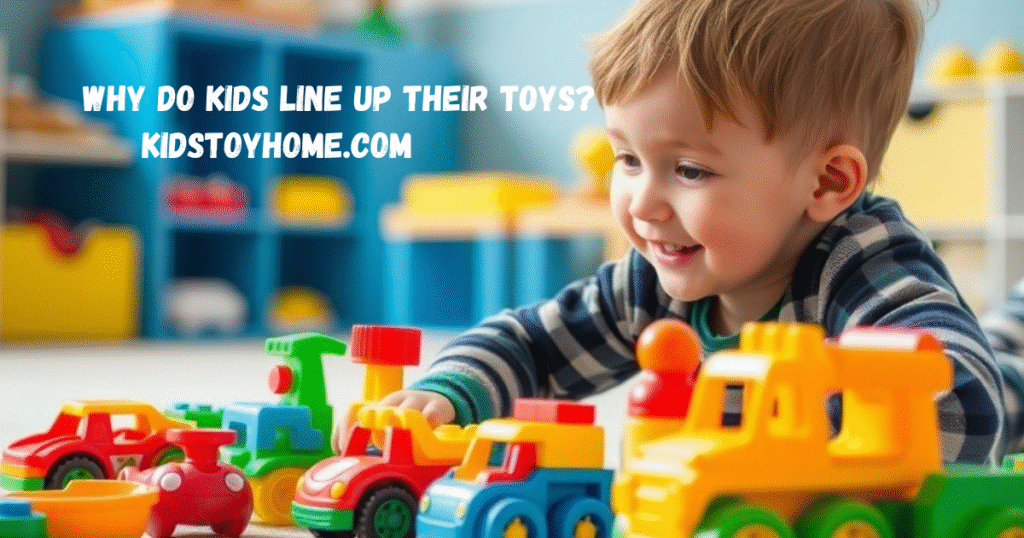Kids on Brooms is a delightful tabletop role-playing game that invites players to immerse themselves in a magical world of adventure, mystery, and enchantment.
Inspired by tales of young wizards and witches, the game allows participants to create and control characters who attend a magical school, learn spells, forge alliances, and uncover secrets.
With a focus on collaborative storytelling, creativity, and problem-solving, Kids on Brooms provides an engaging and imaginative experience for players of all ages, bringing the wonder of wizarding worlds to life.

How to play Kids on Brooms?
- Gather Your Group: Assemble a group of players, including one Game Master (GM) who will guide the story.
- Create Characters: Each player creates a character, detailing their magical abilities, personality, and background.
- Define the Setting: Collaboratively build the magical school and the world it inhabits, outlining key locations, rules, and history.
- Establish Relationships: Develop the relationships between players (PCs) and non-player characters (NPCs).
- Determine the Story Arc: The GM sets the stage for the adventure, providing a central plot and goals for the characters to achieve.
- Use Dice for Challenges: Roll dice to determine the outcomes of various actions and challenges, with the type of dice used (D4, D6, etc.) depending on character skills and magic.
- Roleplay Scenarios: Engage in role-playing to navigate through the story, making decisions that influence the outcome of the game.
- Solve Mysteries and Complete Quests: Collaborate with other players to solve mysteries, complete quests, and overcome obstacles within the magical world.
- Advance Characters: As the game progresses, characters gain experience and can enhance their abilities and skills.
Game Setting
The game is set in a vast, immersive environment that blends elements of lush forests, towering mountains, and ancient ruins. This captivating landscape spans across a sprawling continent teeming with diverse flora and fauna.
The period is an intricate mix of medieval and fantasy elements, where towering castles and quaint villages co-exist with mystical creatures and magical artifacts. Unique features of the setting include enchanted forests that change with the seasons, ancient ruins filled with hidden treasures and secrets, and bustling market towns where players can trade and gather information.
The environment significantly enhances the overall gameplay experience by offering a dynamic and interactive world for players to explore. The period lends itself to rich storytelling and deep lore, providing a backdrop for epic quests and adventures. Unique features such as the ever-changing forests and ancient ruins create constant opportunities for discovery and challenge, keeping players engaged.
Interactions within the game are deeply influenced by the setting, whether it’s navigating treacherous mountain paths, unlocking secrets in forgotten ruins, or engaging in trade and combat in vibrant towns.
These elements collectively ensure that the setting is not just a backdrop but a crucial component of the gameplay experience, constantly influencing and shaping the player’s journey.
Magical School Setting in Kids on Brooms
In Kids on Brooms, the magical school setting offers an enchanting and thrilling environment reminiscent of other iconic magical school stories such as Harry Potter. This school is a haven for budding witches and wizards, filled with mystery, danger, and adventure at every turn. Within its ancient stone walls and sprawling grounds, students encounter a world where powerful magic is a daily reality.
The school is overseen by strict professors who are both guardians of magical knowledge and enforcers of the school’s rigorous rules. These educators push their students to excel in various magical arts, whether it be potion brewing, spell casting, or broom riding. The hallways and classrooms are alive with the hum of magical activity, and every corner of the institution holds secrets waiting to be uncovered.
Adding to the school’s allure and danger are the mythical beasts that roam its grounds and inhabit its forbidden forest. From majestic griffins to elusive unicorns, students often find themselves face-to-face with these wondrous creatures, sometimes in the course of their studies and other times quite by surprise. These encounters add a layer of unpredictability and excitement to their education.
In essence, the magical school in Kids on Brooms is a blend of rigorous academia, thrilling escapades, and the wonder of the magical world. It captures the essence of mystery and the promise of adventure, making it a place where students not only learn but truly experience the marvels and perils of being witches and wizards.
Gameplay Mechanics
The gameplay mechanics in our immersive game are meticulously crafted to enhance the player’s overall experience, blending seamlessly with the rich game setting. These mechanics include a myriad of systems such as character abilities, controls, leveling-up, and combat, each designed to offer depth and engagement.
Character Abilities
Each character in the game possesses unique abilities that can be developed and customized as players progress through their journey. These abilities range from magical spells and combat skills to specialized talents like potion brewing and stealth. The diversity in character abilities ensures that players can approach challenges in multiple ways, whether through brute force, cunning strategy, or magical prowess.
Controls
The game provides intuitive and responsive controls, designed to offer both novice and experienced gamers a seamless and enjoyable experience. Players can navigate their characters through the lush forests, towering mountains, and ancient ruins with ease. The control scheme supports a range of actions including spell casting, combat maneuvers, and interaction with the environment, ensuring that players can fully immerse themselves in the dynamic world.
Leveling-Up Systems
Our game includes a comprehensive leveling-up system that rewards players for their achievements and improvements. As players complete quests, defeat enemies, and uncover secrets, they earn experience points that contribute to their characters’ growth. Leveling up not only enhances character abilities but also grants access to new skills, equipment, and magical artifacts. This progression system keeps players motivated and invested in their characters’ development.
Combat Mechanics
Combat in the game is both strategic and thrilling, blending real-time action with tactical elements. Players must carefully manage their resources and make use of their characters’ unique abilities to overcome foes. The combat system integrates a variety of magical and physical attacks, as well as defensive maneuvers, allowing for a dynamic and engaging battle experience. Special focus is placed on timing and strategy, ensuring that each encounter feels fresh and challenging.
Overall, the gameplay mechanics are intricately tied to the game’s setting and narrative, providing a cohesive and enriched experience. Whether you are traversing the enchanted forests, exploring ancient ruins, or trading in bustling market towns, the gameplay mechanics ensure that every aspect of the game world feels alive and interactive.
Character Creation
The character creation process allows players to develop their unique magical abilities, ensuring a personalized and immersive experience from the very beginning. Players start by choosing a character archetype, which determines their primary magical focus and initial set of abilities. The archetypes range from elemental mages and potion masters to mystical guardians and shadowy rogues.
Once an archetype is selected, players can further customize their characters by selecting a variety of traits, such as magical affinity, physical prowess, and intellectual capacity. These traits influence how characters perform in different aspects of the game, from casting intricate spells to outmaneuvering enemies in combat.
After establishing the core attributes, players craft their characters’ backstories, selecting their origins, motivations, and personal quirks. This step adds depth to the characters, making them not just participants in the magical world, but integral parts of the overarching narrative. Players also get to design their characters’ appearance, including choosing their attire, magical implements, and distinctive features.
Characters then receive a class timetable, which outlines their subjects and daily routines. These subjects include core magical disciplines such as spellcasting, potion-making, elemental control, and dark arts. Attending classes and completing assignments allow players to gain mastery over various magical abilities. Special subjects, like creature handling and broom riding, provide additional layers of skill development.
All these options in the character creation process ensure that each player’s character is unique, with personalized magical abilities that evolve as they progress through the game.
Powerful Spells and Magical Items
Incorporating powerful spells and magical items into gameplay significantly enriches the player’s experience by introducing new dimensions of strategy and excitement. Each spell and item has distinct mechanics, effects, and usage, meticulously designed to enhance the player’s abilities within the magical world.
How to Create a Character in Kids on Brooms?
- Choose Your Character’s Concept:
Decide on your character’s background, personality, and role within the magical world.
Consider their interests, goals, and how they interact with others.
- Select Your Traits:
Distribute a set number of points across five traits: Brains, Brawn, Charm, Fight, Flight, and Grit.
Each trait represents different aspects of your character’s abilities and will affect
gameplay.
- Pick Your Strengths and Weaknesses:
Select strengths that align with your character’s traits and concepts to gain bonuses on specific tasks.
Choose weaknesses to create a well-rounded character and gain adversity tokens for future use.
- Magic and Mundane Skills:
Assign points to magical abilities and mundane skills, reflecting areas where your character excels.
The balance between magical talents and everyday skills ensures versatility.
- Determine Your Fears and Motivation:
Define what your character fears the most and what drives them to keep going.
These aspects provide depth to your character and influence storytelling elements.
- Equip Your Character:
Choose items, tools, and magical artifacts your character carries.
Ensure these items align with your character’s background and abilities.
- Relationships and Backgrounds:
Establish connections with other characters in the game to create a rich narrative.
Detail your character’s history, including their family, friends, and any notable events that shaped them.
- Finalize and Customize:
Add any final details, such as your character’s appearance, clothing, and quirks.
Personalize your character sheet to fully embody the persona you have created.
World Building in Kids on Brooms
- Setting the Scene:
Decide on the setting of your magical world. Is it a modern-day world with hidden magical elements, a parallel magical realm, or an entirely fantastical universe?
- School of Magic:
Create a detailed description of the magical school. Consider its location, history, architectural style, and traditions. What subjects are taught, and what makes this school unique?
- Magical Creatures and Beings:
Populate your world with various magical creatures and beings. Think about their roles, habitats, and relationship with humans. Are they friendly, neutral, or hostile?
- Society and Culture:
Define the societal structure of your world. What are the laws, customs, and social norms? How do magical and non-magical communities interact?
- Mystical Locations:
Design specific mystical locations within your world. These could include hidden forests, enchanted lakes, ancient ruins, or secret islands. Each location can have its lore and significance.
- Artifacts and Spells:
Create unique magical artifacts and spells that characters might encounter or use. What powers do these hold? How are they obtained or crafted?
- History and Lore:
Develop a rich backstory for your world, including significant historical events, legendary figures, and prophecies. This will provide depth and context to the current happenings.
- Conflicts and Challenges:
Identify the central conflicts and challenges in your world. These could be rival schools, dark wizards, magical beasts threatening the peace, or internal political strife.
- Language and Communication:
Consider if there are any unique languages, dialects, or means of communication within your world. This can include ancient runes, telepathic links, or enchanted scrolls.
- Economy and Resources:
Detail the economic system and resources. What is the currency? Are there magical markets or black markets? How do characters acquire their supplies?
By focusing on these elements, you can create a vivid, immersive, and engaging world for players to explore in Kids on Brooms.
What are the Traits Of the Kids on Brooms?
- Courageous: The kids on brooms are known for their bravery and willingness to face dangers head-on, whether it’s battling dark forces or exploring the unknown.
- Curious: They possess an insatiable curiosity, always eager to learn new spells, discover hidden secrets, and unravel the mysteries of their magical world.
- Resourceful: Quick thinking and inventiveness are key traits, allowing them to solve problems and navigate challenges using their wits and magical abilities.
- Loyal: They are fiercely loyal to their friends and allies, often putting the needs and safety of their companions above their own.
- Independent: While they value teamwork, the kids on brooms are also capable of handling tasks on their own and making decisions independently.
- Determined: Persistence is a hallmark trait, as they never give up easily, even when faced with formidable obstacles or failures.
- Compassionate: They have a strong sense of empathy, often going out of their way to help others and stand up for what is right.
What are the different magic types in kids on brooms?
- Elemental Magic: Deals with controlling natural elements like fire, water, air, and earth.
- Transfiguration: Involves changing the form or appearance of objects or beings.
- Divination: The practice of seeing or predicting future events.
- Enchantment: Imbuing objects or individuals with magical properties.
- Illusion Magic: Creating images or scenarios that deceive the senses.
- Healing Magic: Focuses on repairing injuries and curing diseases.
- Necromancy: Involves communicating with or resurrecting the dead.
- Summoning: The ability to call forth creatures or objects from other realms.
Kids on Brooms is a collaborative role-playing game
Kids on Brooms is a collaborative role-playing game that brings players together to create imaginative and immersive stories within a magical school setting.
- It is highly narrative-based, encouraging rich storytelling and character development.
- The game’s simple mechanics make it accessible to players of all levels, ensuring that the focus remains on the unfolding narrative rather than complex rules.
- Both the Game Master (GM) and the players enjoy significant flexibility in storytelling and gameplay, allowing them to shape the world and their experiences within it dynamically.
- Kids on Brooms provides an inclusive and engaging platform for creativity, making each gaming session a unique adventure filled with wonder and excitement.

Conclusion
Kids on Brooms offers a rich, enchanting experience for tabletop role-playing enthusiasts. It excels in combining collaborative storytelling, creative character development, and immersive gameplay mechanics to create a truly magical journey.
Players are given the freedom to explore a vibrant, intricately detailed world teeming with diverse challenges, from mastering the arcane to forging deep alliances. The magical school setting serves as both a crucible of learning and adventure, creating a captivating backdrop for countless stories.
Whether engaged in heart-pounding quests, uncovering hidden mysteries, or navigating the complexities of magical academia, Kids on Brooms provides an endless array of engaging opportunities. It stands out as a game that not only entertains but also inspires imagination, making it an exceptional addition to the world of tabletop role-playing games.
FAQS
What is 2 and a half kids?
The term “2 and a half kids” is often used to describe the average number of children in a typical family, based on statistical data. It doesn’t represent an actual scenario where a family has a fraction of a child. Rather, it’s a way to illustrate the statistical mean in demographics, indicating that the average family size includes around 2.5 children.
What does 1 and a half kids mean?
Similar to “2 and a half kids,” “1 and a half kids” is a statistical representation rather than a literal one. It conveys the idea of average family size in a particular demographic study or survey where the mean number of children per family is 1.5. This kind of terminology is used for simplicity in communicating demographic data, though it’s understood that families don’t have half a child.
Why are statistical averages like “2 and a half kids” used for family size?
Statistical averages, such as “2 and a half kids,” provide an easy-to-understand way to convey information about family size in demographics. These terms help researchers, policymakers, and the public to quickly grasp the general trends in family size without getting bogged down in complicated data analysis. However, it’s essential to keep in mind that these averages may not accurately reflect individual families as they can vary significantly based on factors like location, culture, and socioeconomic status.
What impact does family size have on society?
The size of a family can have various impacts on society. Larger families may face financial challenges, while smaller families may have fewer support networks. Family size can also affect the economy, as it influences consumption patterns and population growth. Additionally, it plays a role in shaping social norms and cultural expectations surrounding parenthood and childcare.
How has the concept of “1 and a half kids” changed over time?
The idea of “1 and a half kids” or an average family size has evolved due to changes in societal norms and values. In earlier decades, larger families were more common due to factors such





